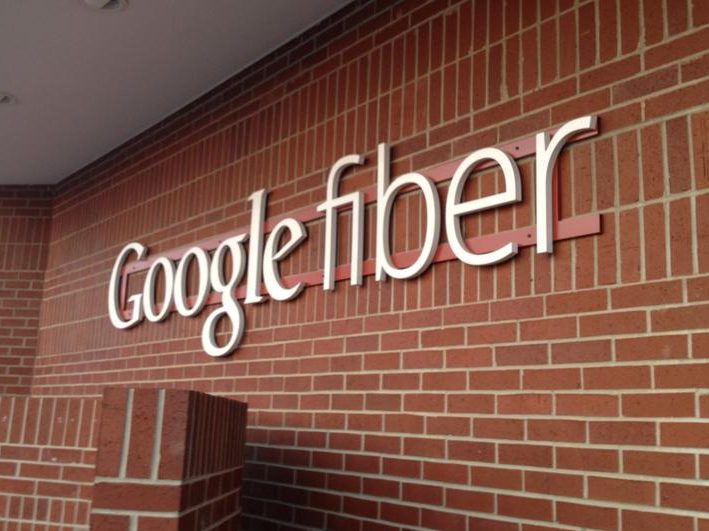
A spokeswoman confirmed that hundreds of employees currently stationed at Alphabet’s Access division will soon be sent to other parts of the company, according to a report from Wired. This seems to be further proof that the Google Fiber project is being re-evaluated, and may end up taking a very different form from its current iteration.
Google Fiber was unveiled to the public in 2010 with the promise of better, faster internet access for everyone. In 2011, the company ran a trial in a residential community located in Palo Alto, California, before naming Kansas City, Kansas as the first location where the service would be made freely available.
A staggered launch was always meant to build toward a gradual expansion across the length and breadth of the country. However, installing the fiber-optic networks required to operate the service proved to be logistically challenging and enormously expensive, which has put a damper on aspirations for the project over the past few years.
In August 2016, it was reported that Alphabet had ordered major budget cuts for the Google Fiber initiative, which were expected to cause up to half the project’s workforce of 1,000 employees to lose their jobs. Today’s announcement of widespread reassignments may well stem from this decision.
It seems that Google Fiber might be retooled as a supplier of wireless internet, despite its initial purpose of delivering high-quality service along a fiber-optic connection. In June 2016, it was announced that Google Fiber had acquired Webpass, a point-to-point internet service provider, which would seem to indicate a new direction for the project going forward.
Editors' Recommendations
- How to save your data from Google’s purge of inactive accounts
- Google tells workers to be wary of AI chatbots
- Google’s AI image-detection tool feels like it could work
- Google Fiber is bringing high-speed internet to five new states
- Update Google Chrome now to protect yourself from an urgent security bug

